How to go UL at Philmont
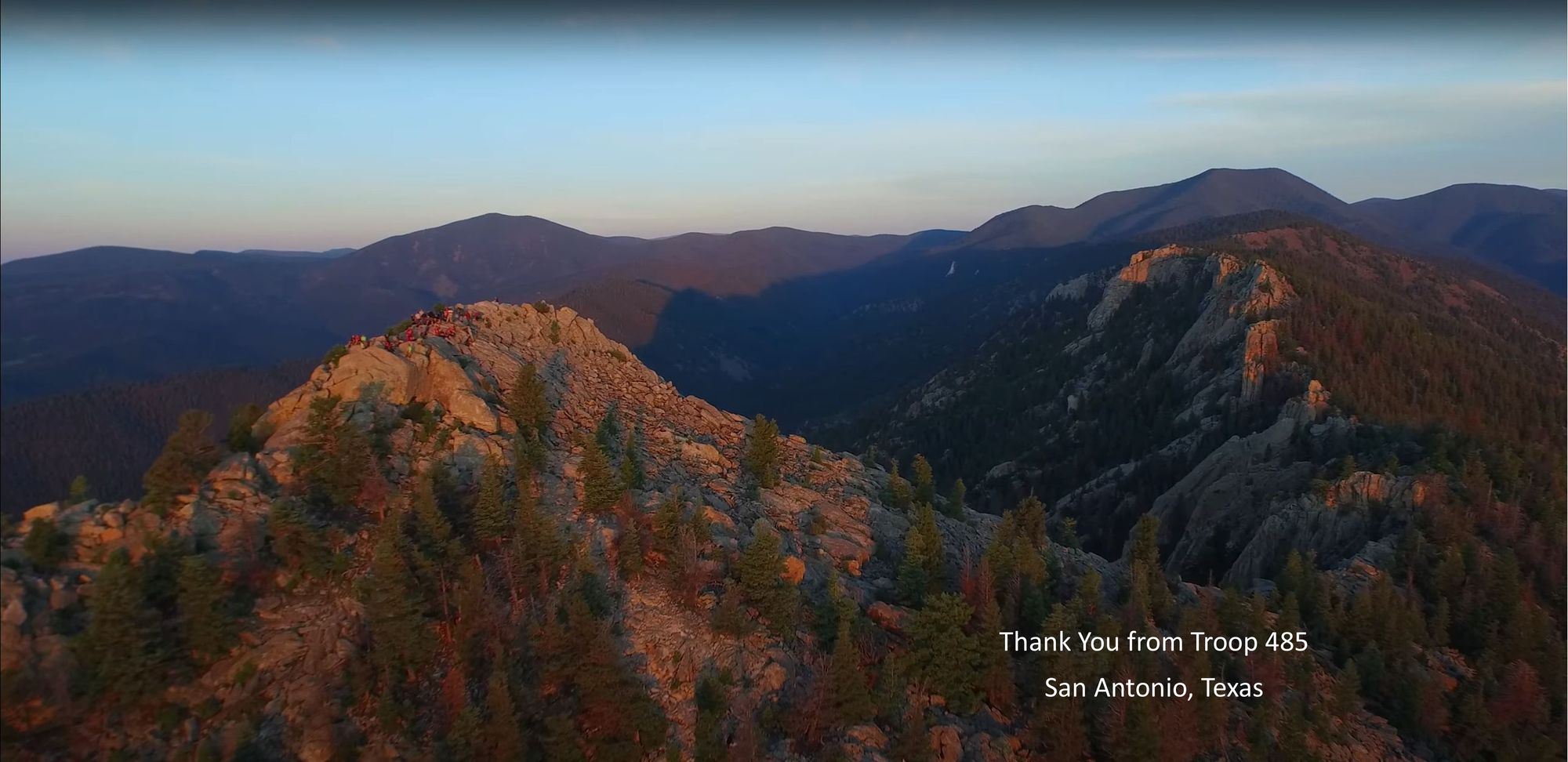
Philmont is Scouting's premier high adventure base. I went twice as a youth. Once with my troop (1988) and once by myself as part of a trail crew program (1989.) It was my first time backpacking in the Rocky Mountains, and until last year, was the highest elevation I had ever been backpacking (Baldy Mountain, 12,441'). There is a lot good about Philmont, but being cutting edge in the world of backpacking it is not. I've heard Philmont described as "institutional backpacking." I think this is an apt description.
Philmont teaches what Scouting calls the "patrol method." Basically this is about team work - it is backpacking as a group. From that perspective, Philmont is incredible. They have a range of program and difficulty levels to accommodate everyone from flatlanders to backwoods mountain boys. Indeed, growing on the Vermont Long Trail like we did, on my first trip my troop chose the maximum difficulty "super strenuous" and we loved it. When I went back for the trail crew experience, I was with a bunch of Life and Eagle scouts. We were studs. Following our 2-week trail building stint, we got to custom design our own itinerary: we designed a trek to hit as many of the mountains in Philmont as we could. WE EVEN SLEPT ON TOP OF BALDY!!! But I digress....
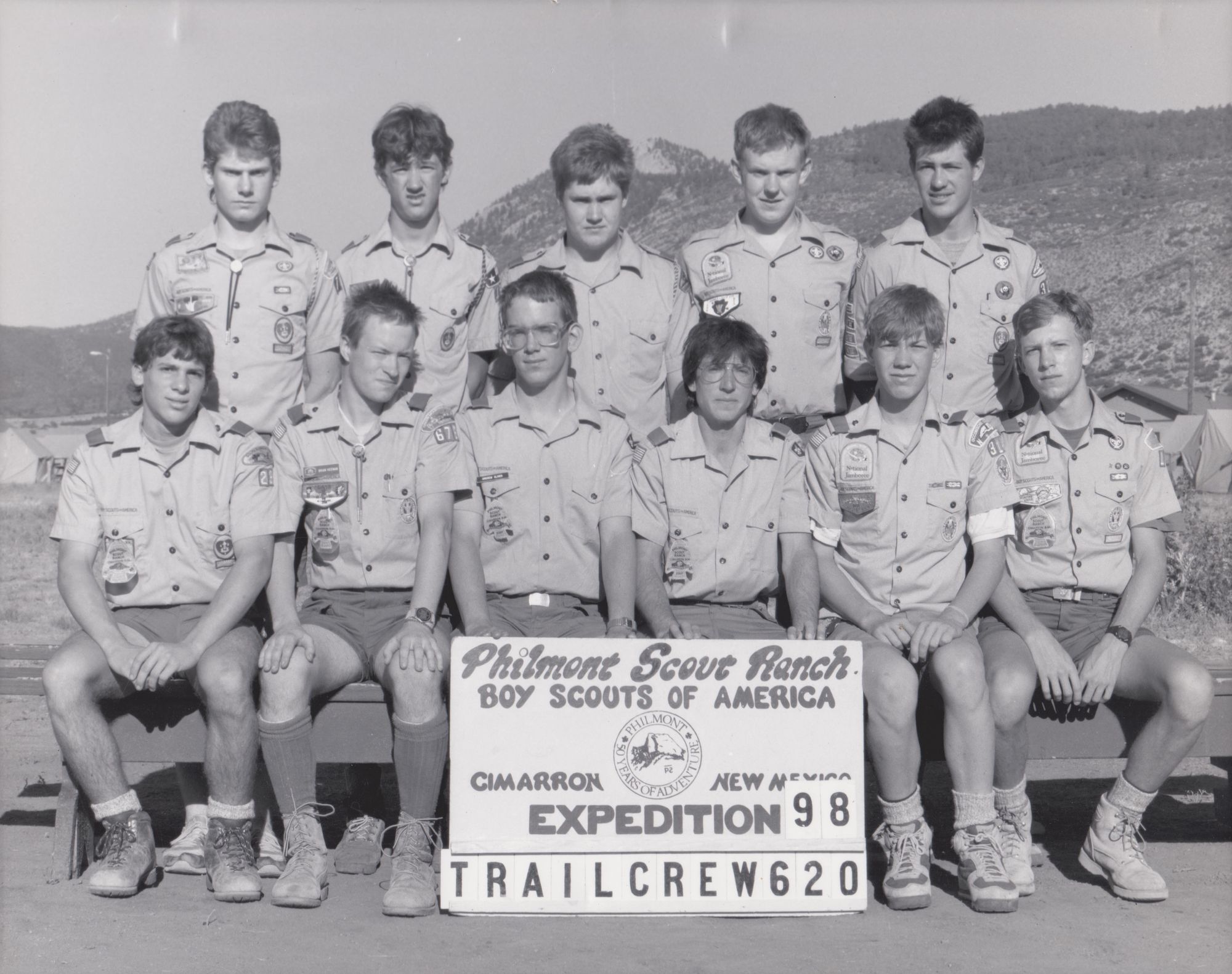
I rejoined Scouting in 2017 and rekindled my love of backpacking - dormant since 1993. While I did not finish my Wood Badge ticket, I kind of did: I inspired a new generation of youth to take up the mantle of high adventure. However, I stepped back from Scouting in 2020 when I went through a divorce. Still, I had friends in the troop and I have continued to be supportive.
I recommended the Lone Star Trail as the ideal training ground for new backpackers. I went with T485 on their first 50-miler this past Thanksgiving on the LST. The crew was training for a Philmont Trek in June of 2023. That 50-miler was one of their shakedown activities. Previously I had made it known that I would LOVE to go with them, but obviously I wanted parents and troop adult leaders to have first dibs. Well, on that LST trip, they extended the offer to me to join them. It took me about half a second to say "yes."
Anyone who is familiar with Philmont knows that it is difficult to go ultralight (UL) there. The patrol method requires crews share a large list of crew gear, in addition to a rather lengthy list of personal gear. Afterall, the Scouting motto is "Be Prepared." But if you are clever and make judicious choices you can get pretty darn close to the 10-pound base weight benchmark so many in the UL community covet.
So how did I do it?
Well, the first thing I did was optimize all of my personal gear. My lighterpack list will give you a complete breakdown, including hyperlinks to where you can find most of these items. This list is constantly evolving, and the weights quoted below may be different by the time you are reading this.
Philmont highly recommends a number of items that I would not normally bring. For example, they "require" a ground sheet. I could probably ignore that recommendation, but no. I'm lawful-good. If I'm going to have a ground sheet, what's the lightest I could get? Well, I could go with polycro, but I've tried that before and hate it with a passion. I could go with Tyvek, but NO WAY am I going to go with an expensive and heavy commercial solution. Or......... I could get creative. I ended up with a Make Your Own Gear (MYOG) option. I bought a few yards of the lightest waterproof fabric I could find, and made my own for a third the price and half the weight of the commercial alternative. And it is lighter than Tyvek!
I looked at each piece of gear in turn to find the lightest alternative I could afford. Sometimes it wasn't about buying something fancy. Sometimes it was cheap things like finding micro-sized containers to bring smaller amounts of things. (Litesmith.com is your friend.) I ended up making several pieces of gear - it became a second hobby. I found that with a bit of effort, I could make stuff lighter and cheaper than buying it.
AND I'm vain. Once I discovered that you could get fabrics custom printed for a relatively moderate upcharge the game was on. Lighter, cheaper, and custom/cool at the same time? Yes please! I had images printed to make custom food bags and custom Wilderness Remote First Aid kits bags, and a bunch of maple leaf motif printed for a rain kilt, pump sack, tent stake bag, and custom rain jacket. Huge "wow" factor for a moderate upcharge. I love OutdoorInk at Ripstop-by-the-Roll!
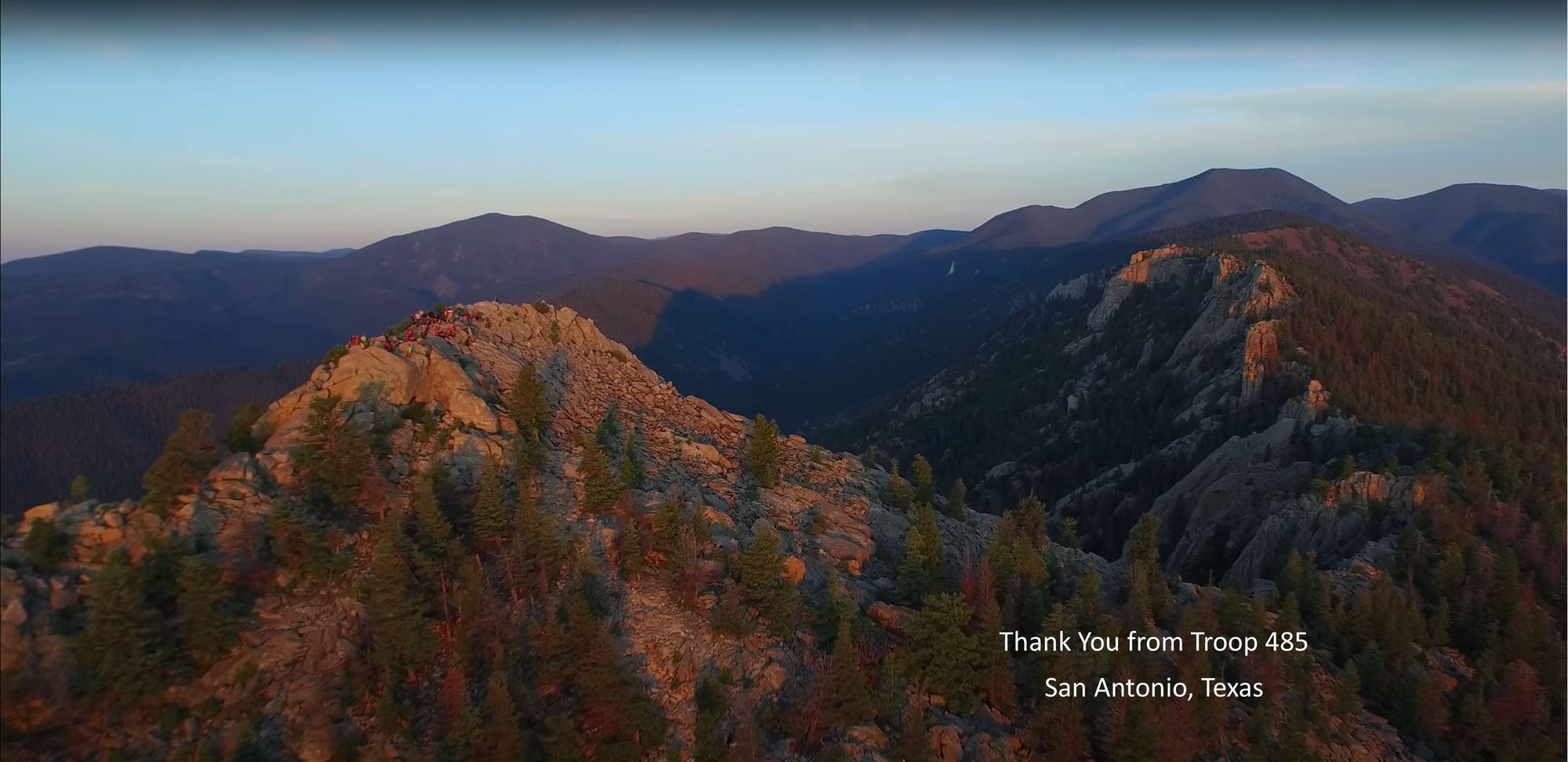
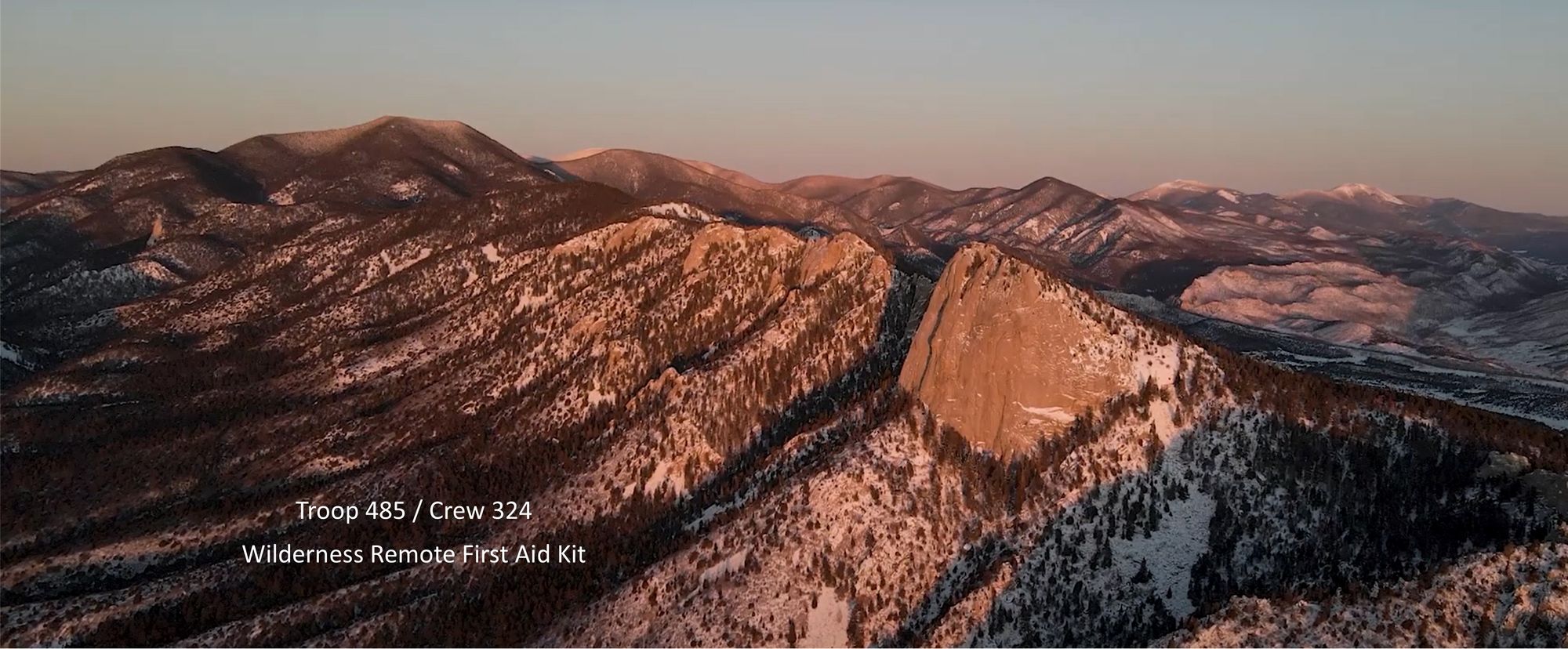

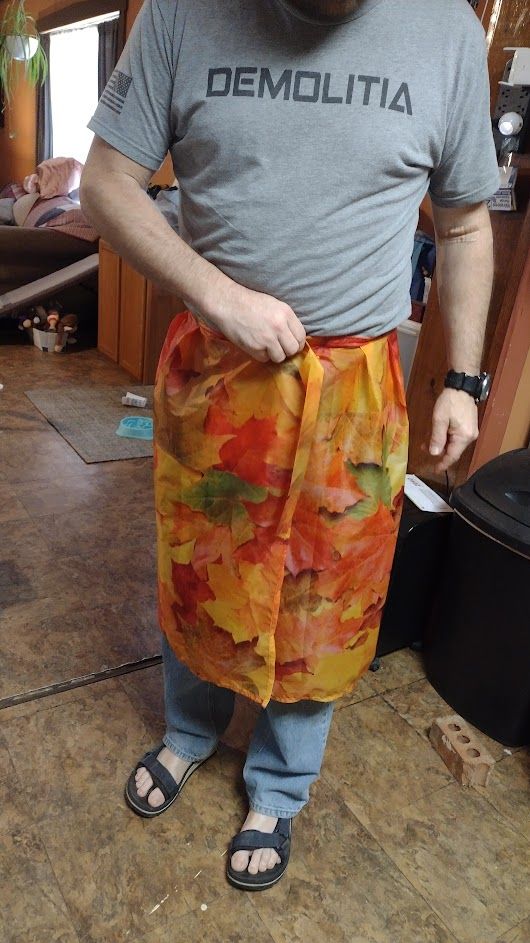
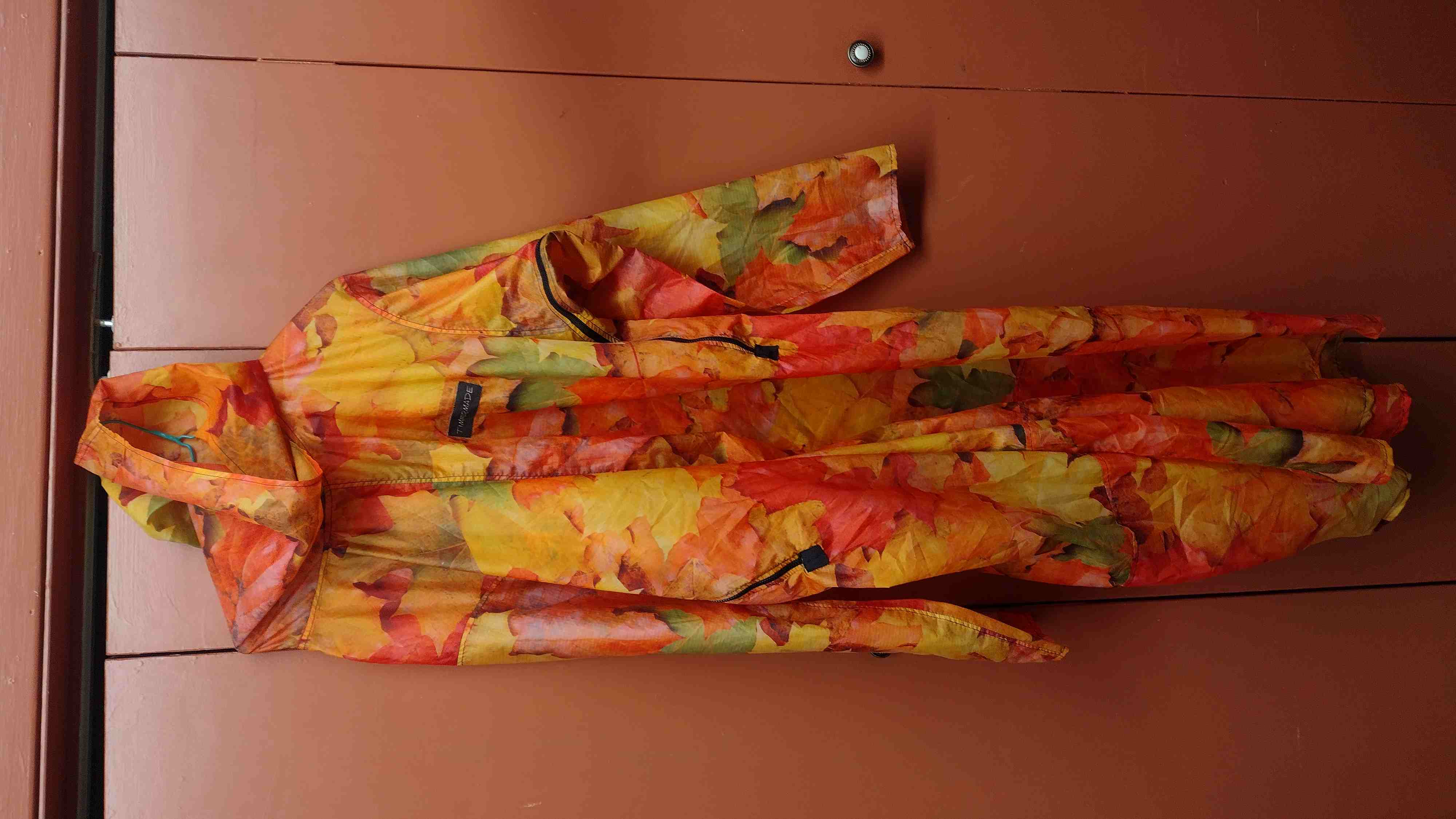
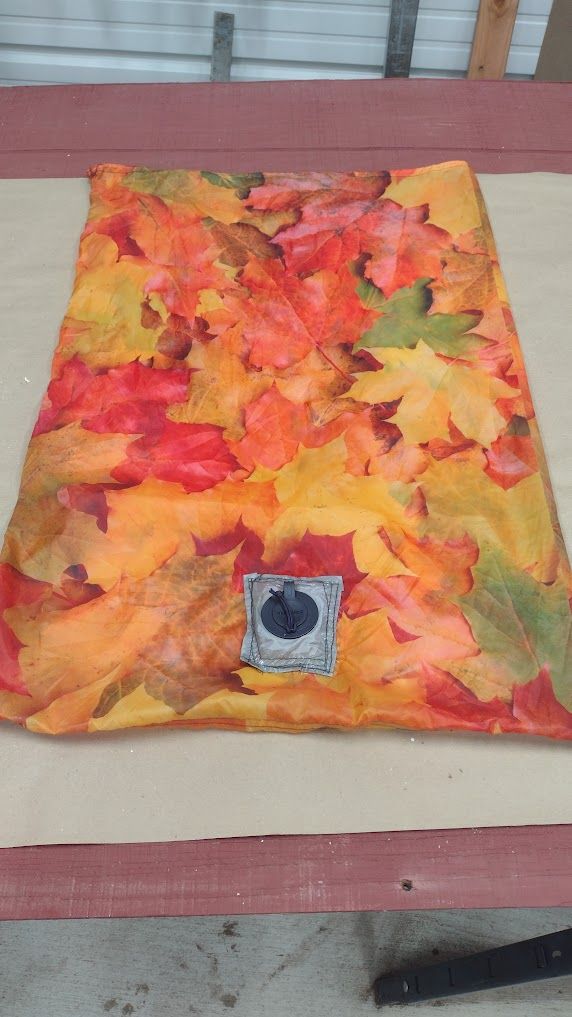
Enough with the vanity. You're probably wondering what my base weight ended up being: 9.43 pounds, and that includes some luxuries. Ok, but what about all the group gear? Well, since Philmont publishes the list of the required group gear with weight estimates, I was able to pick a chunk of that, claim it as "mine" and find lighter weight alternatives. I've selected:
- The wilderness remote first aid (WRFA) kit
- The tarp
The WRFA kit by itself can be more than enough to be one person's contribution to the group gear. The T485 kit, which I put together back in 2019, came in at almost 5 pounds by itself. And the tarp Philmont provides, without stakes or poles, weighs 2 pounds 3 ounces. So, 7.25 pounds out of a total of probably 30-35#.
The WRFA kit had to go on a diet. I scrutinized the quantities and duplicates of every item, found lighter alternatives where possible, and supplied every crew member with a handout of items to supplement their personal first aid kits with so that the WRFA kit wouldn't have to be their supply for these basic items - it was for emergencies, not common ailments. The result: I reduced the weight of the kit by over half - to less than 2.5 pounds.
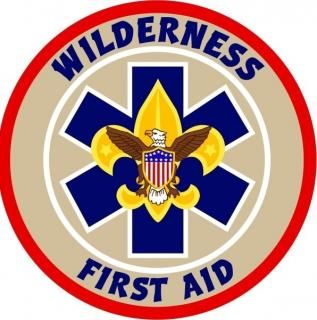
I had previously acquired an REI UL tarp at one of the frequent REI garage sales for half price. I further refined this tarp by replacing the ropes and stakes with lighter versions and making a new stuff sack for everything. Total weight including stakes (but not poles) is 1.23 pounds.
That brings my total base weight for personal and my share of group gear to 13.87 pounds.
Consumables
Food, water, and fuel: These are the variable weights in any pack. Nearly every itinerary has at least one dry camp. Dry camps require crews have to haul all their water in. Philmont recommends a water capacity of 4-6 liters for every crew member to do this. I picked up two 2-liter Platypus bladders in addition to my drinking water bottle. Water capacity: Check.
I carefully studied the itinerary guide to estimate the maximum number of meals we would be carrying at any one time. With this data, and published information on the average weigh of Philmont meals, I was able to estimate the consumable load each day. The maximum consumables load will be ~14.75 pounds, the minimum will be ~ 4 pounds, and the average will be about 7.25 pounds. Food: Check.

My total estimated pack weight: maximum 27.75 pounds, minimum 17.75 pounds, average 21 pounds.
But what about space?
Weight is one thing, but what about space? What if I can't fit all the stuff in my pack? An astute observer would notice that my Lighterpack lists the Kakwa-40. Philmont recommends packs be in the 55-65 liter range. Most participants aren't as experienced/don't have as nice gear as I do, and the food Philmont provides is notoriously bulky. Philmont suggests each participant have the volume equivalent to a basketball for the food. Will all of my stuff, and the food, fit into this 40 liter pack? I'm not actually sure yet. I think so because when I load up all my gear, I can visualize the volume of a basketball. But I have a plan.
Philmont also recommends participants bring a daypack. This daypack is to summit peaks without taking full packs, and to attend "program" activities. I have chosen one of the lightest daypacks on the market - the 4 ounce Osprey "stuff pack." And I've rigged up a way that it can be strapped to the outside of my Kakwa-40 to effectively increase my volume by 18 liters for a total of 58 liters. 58 is on the low end of Philmont's recommendations, but I think it will be more than sufficient given how compact my kit is. I just need to make sure that I only put light items in the daypack - stuff like rain gear, tents, and ground cloths.
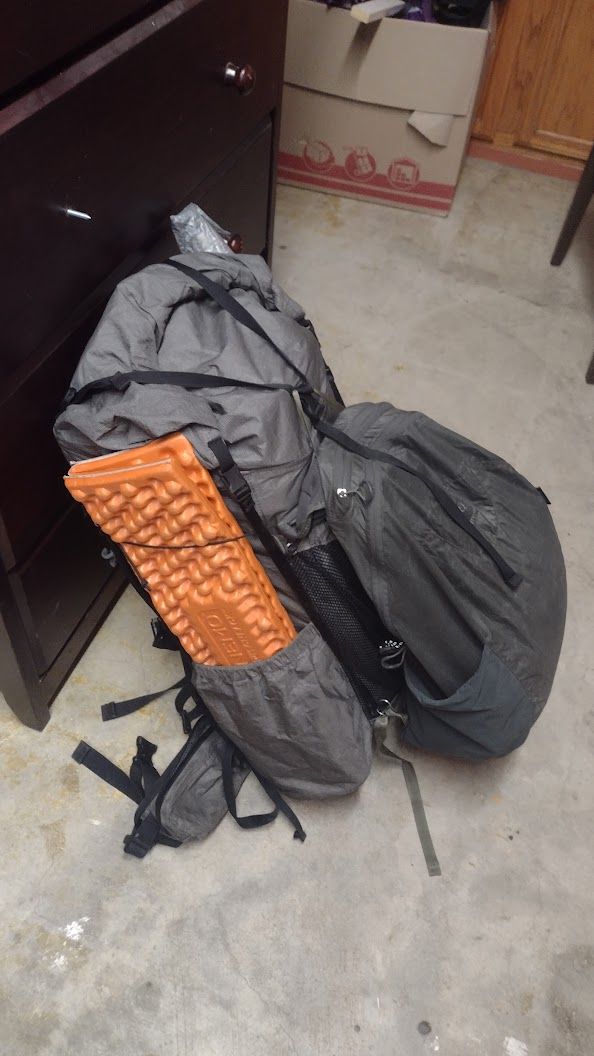
Will I need those extra 18 liters? Not sure yet. If I can squeeze everything into the Kakwa-40 at base camp, I might leave it behind. That would mean that I have to take my entire pack up Baldy and to various program sites. So what?
Anyway, I hope my Lighterpack lists and the links are helpful to anyone reading this who is looking for ideas on how to whittle away at their base weight. A word of warning however. There is a law of diminishing returns when it comes to backpacking gear, and I am well beyond that point. Translation: my stuff is expensive. There are cheaper/more mainstream alternatives for all of this stuff, and I have a best-bang-for-the-buck list of recommendations. I, and many other people in the UL community, can almost certainly help you cut weight with simple, cheap suggestions, or help you find something within your budget to meet your need. Just ask. Helpful. Third point of the Scout Law.
Keep hiking my friends! May we see each other on the trails at Philmont!
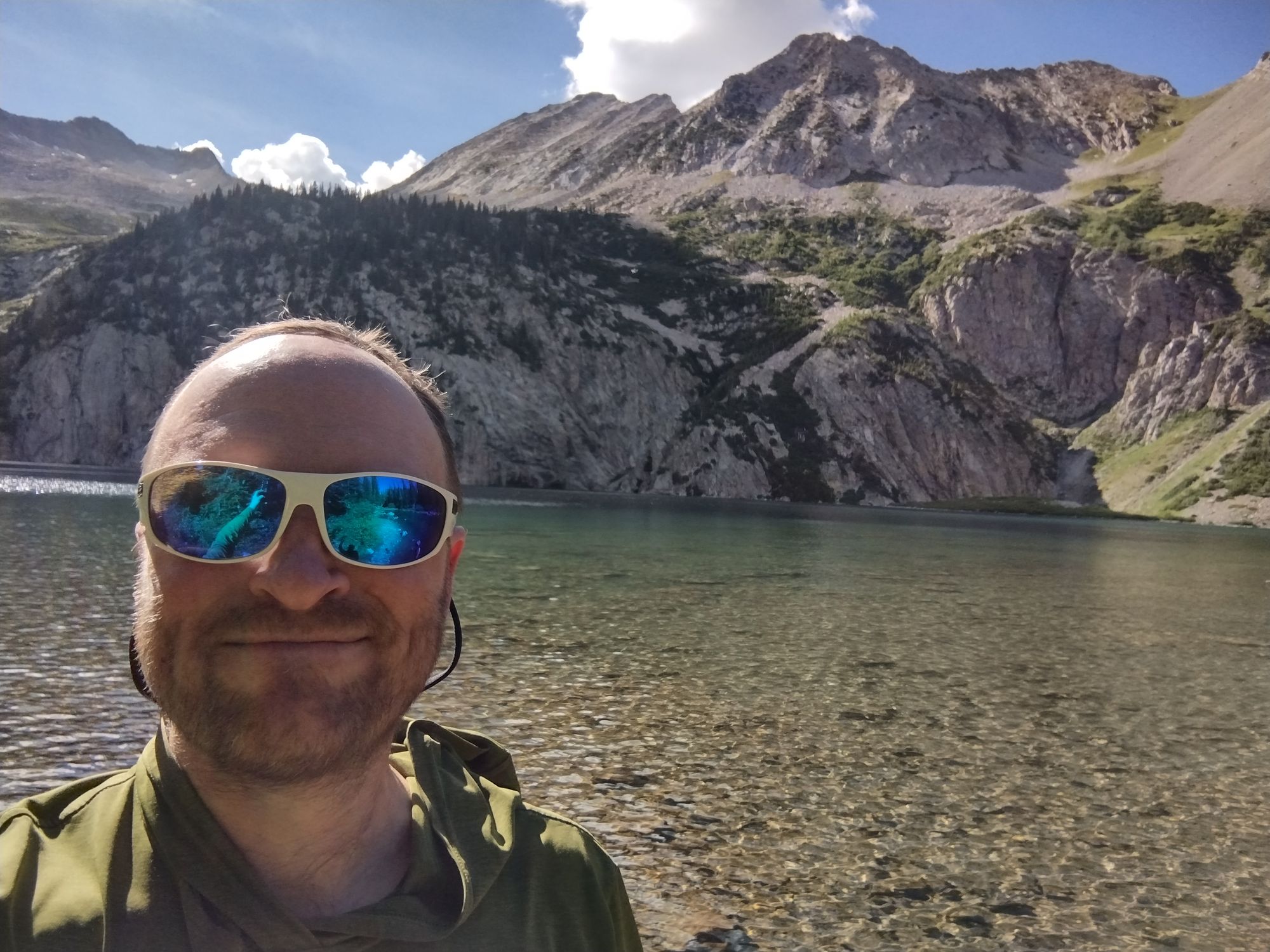
Update
In the fall of 2024 I ended up selling off my Kakwa-40 and buying a Kakwa-55. The 55 was 2 years newer: Dan Durston had made all sorts of design improvements. I took the 55 for its inaugural trip on the Ouachita Trail in November 2024. I've revised the Philmont UL Lighterpack list to create a "what if" list: if I were going back to Philmont in 2025, this is what I'd take. It's 2.25 pounds lighter than what I took in 2023! This was mostly achieved by omitting stuff I didn't use - the rest by upgrading a few items.
